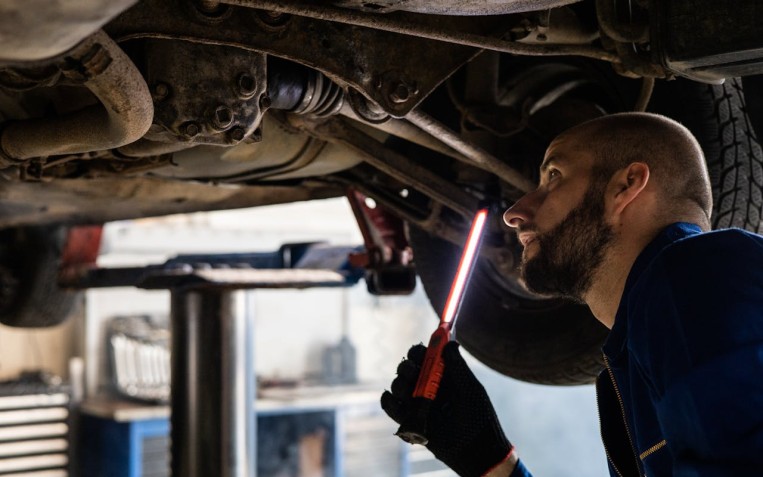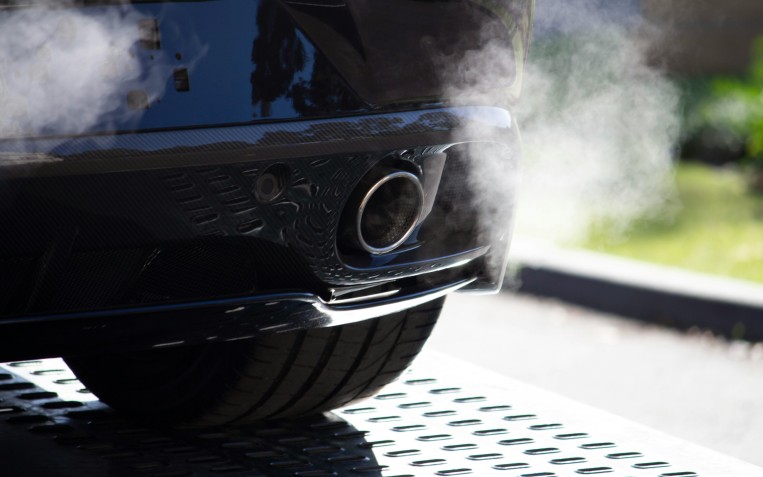What is the difference between an interim service and a full service?

For car owners, it is recommended to regularly have your car serviced. Although it is not an annual legal requirement, like an MOT, there often needs to be clarity over which type of service you should have and when. Whether you are a first-time car owner or looking to clarify some confusion over an interim service or full service – this helpful guide has you covered.
What is an interim service?
An interim service is less comprehensive than a full service and is designed to be carried out every six months or 6,000 miles, whichever comes sooner. It is worth noting that an interim service does not replace an annual service but helps to address any issues identified early on that may be caused by driving more miles than average. Typically, an interim service takes around an hour and a half to complete depending on your car model – though this can increase if any issues are identified.
What is checked during an interim service?
An interim service consists of five stages and may include the following checks:
Stage 1: Overview – Check vehicle history, mileage and service schedule requirements
Stage 2: Road Test – Road Test to check the overall performance and handling of the vehicle
Stage 3: Vehicle on Floor – Check the horn, washers, power steering, mirrors, anti-freeze, brake fluid and more
Stage 4: Vehicle on Ramp – Check tyres, steering, exhaust, front suspension, front brakes and more
Stage 5: Final Checks – Reset service lights, stamp service book and road test
What is a full service?
A full service is a thorough vehicle inspection that is recommended to be carried out roughly once a year to ensure your car is fully-functioning and runs safely, smoothly and efficiently. A full service is based on the guidelines that are set out by your vehicle’s manufacturer to reduce the risk of your car breaking down or incurring any expensive repairs.
What is checked during a full service?
A full service consists of five stages and can include many component checks, system checks and adjustments such as:
Stage 1: Overview – Check vehicle history, mileage and service schedule requirements
Stage 2: Road Test – Road Test to check the overall performance and handling of the vehicle
Stage 3: Vehicle on Floor – Check exterior lightbulbs, battery, seat belts, mirrors, auxiliary drive belt, brake fluid, wipers and more
Stage 4: Vehicle on Ramp – Renew engine oil and filter, air filter, pollen filter, spark plugs and fuel filter. Check wheels, steering, tyres, suspension, exhaust, transmission chassis and more
Stage 5: Final Checks – Clean engine covers, reset service lights, lubricate door hinges, stamp service book and road test
How often should I get my car serviced?
Typically, it is recommended by manufacturers that a full car service should take place every 12,000 miles or 12 months – depending on which one comes first. An interim service is required after 6,000 miles or six months. In other words, a full service is for vehicles that regularly make long journeys and an interim service is mainly carried out on vehicles that are used for shorter journeys.
It is always a good idea to pair up your annual MOT test with your car service. Not only will this save you money, but it will ensure your car is thoroughly checked for its roadworthiness and health. Plus, both tests will be due at the same time the following year making it easier for you.
It is worth referring to your owner’s manual for more accurate information, or if you are still unsure – contact our friendly team, who will be happy to help. Find your local centre and book your MOT and service in today.
Related Content

What is the difference between Class 4 and Class 7 MOTs?
A Class 4 MOT test is required for passenger vehicles that weigh less than 3,000 kilograms. Class 4 MOT tests, cover a wide range of vehicles, including: Cars (with up to eight passenger seats) Ambulances Taxis Mot...

Why do MOT tests include an exhaust emissions test
In 2023, 3.2% of all MOTs failed due to noise, emissions and leaks according to data from the DVLA. MOT tests include emissions tests to prevent a hig...

Do EVs need an MOT?
One of the benefits of making the switch to an electric vehicle is the many money saving incentives like not having to pay road tax, or for your car t...

